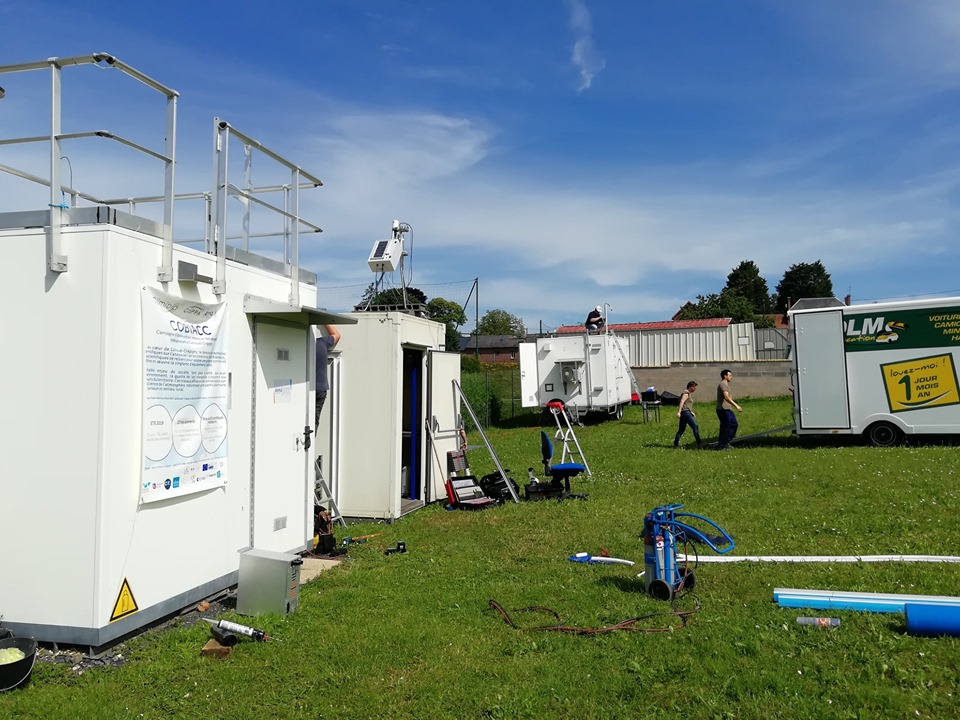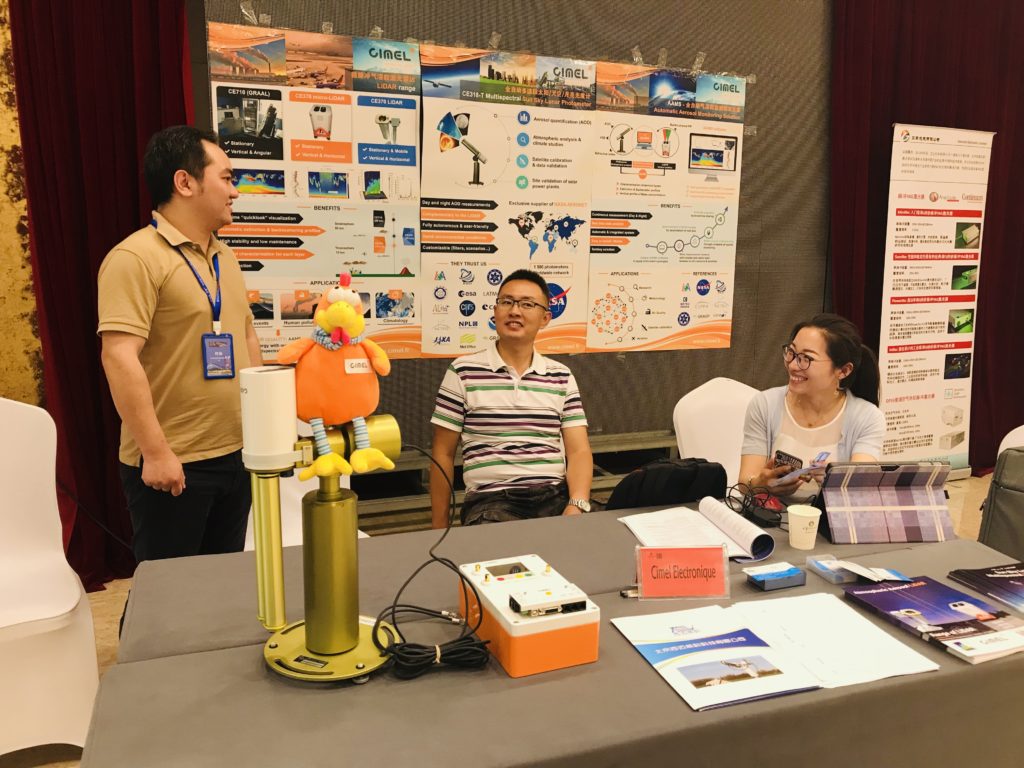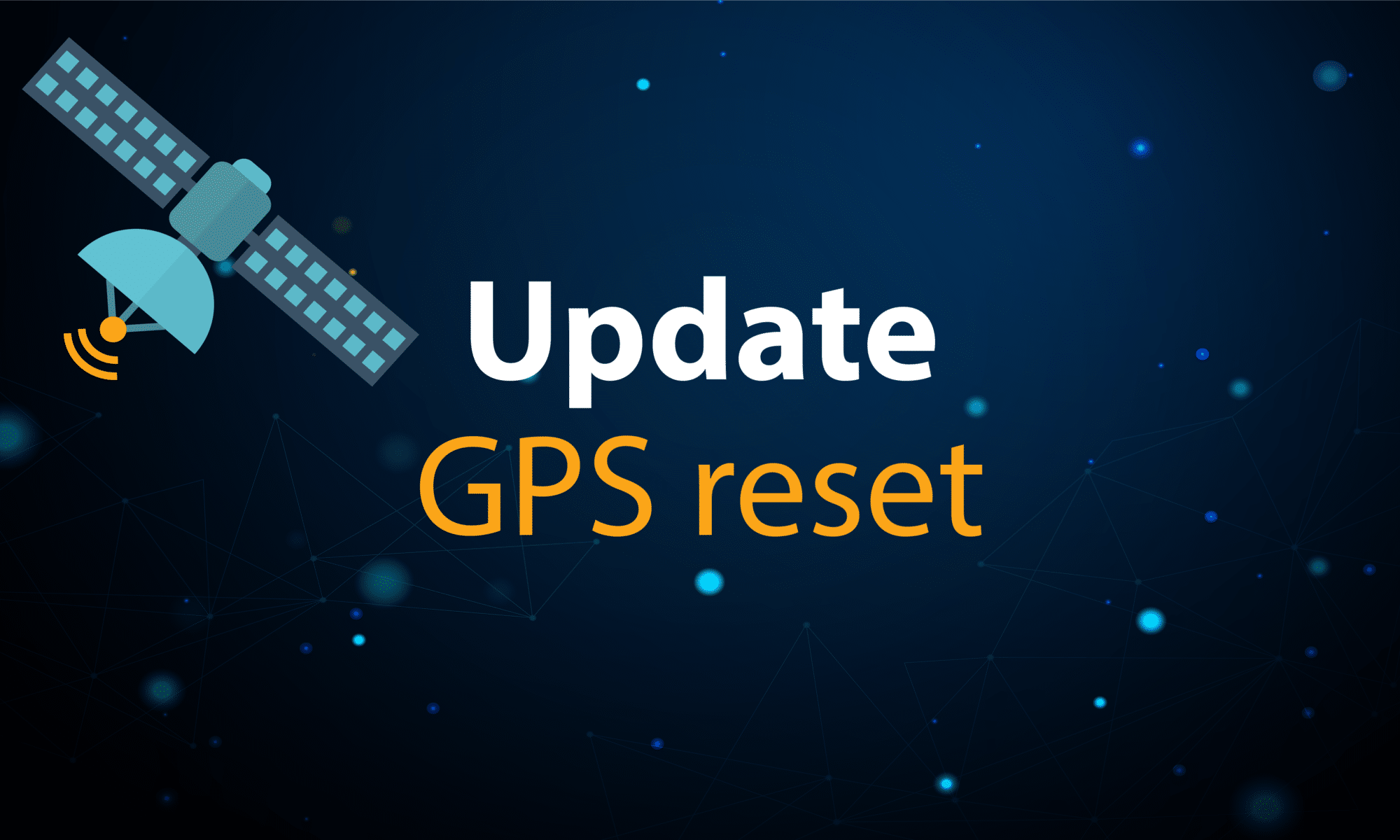OceanObs’19 – An ocean of opportunity
September 16-20, 2019 | Honolulu, Hawaii, USA
Part of the decadal conference series, OceanObs’19 will bring together the ocean observing community ranging from scientists to end users. The conference aims to “improve response to scientific and societal needs of a fit-for-purpose integrated ocean observing system,” to help better understand the environment of the Earth, monitor climate, and inform adaptation strategies as well as the sustainable use of ocean resources.
OceanObs’19 will address the following themes: observing system governance; data and information systems; observing technologies and networks; pollution and human health; hazards and maritime safety; blue economy; discovery; ecosystem health and biodiversity; climate variability and change; and water, food and energy security.
The conference is organized with support from: the US National Aeronautics and Space Administration (NASA); the US National Oceanic and Atmospheric Administration (NOAA); the European Commission; the Global Climate Observing System – an initiative co-sponsored by the World Meteorological Organization (WMO), the Intergovernmental Oceanographic Commission of the UN Educational, Scientific and Cultural Organization (IOC-UNESCO), the UN Environment Programme (UNEP) and the International Science Council (ISC); and other partners.
We are very proud to be a part of this event and look forward to some lively and interesting discussion on a vital subject.
See more on: https://www.oceanobs19.net/

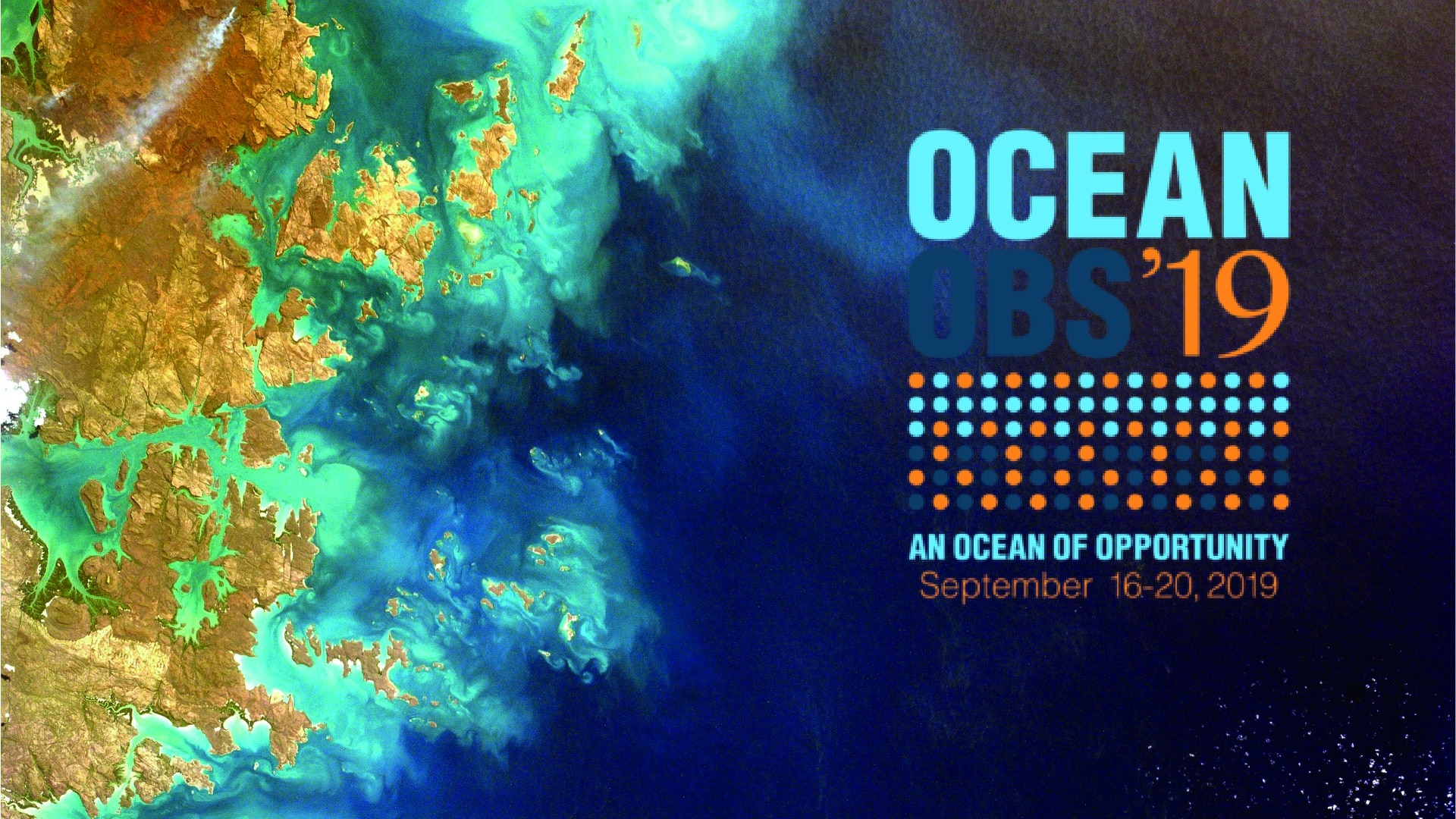
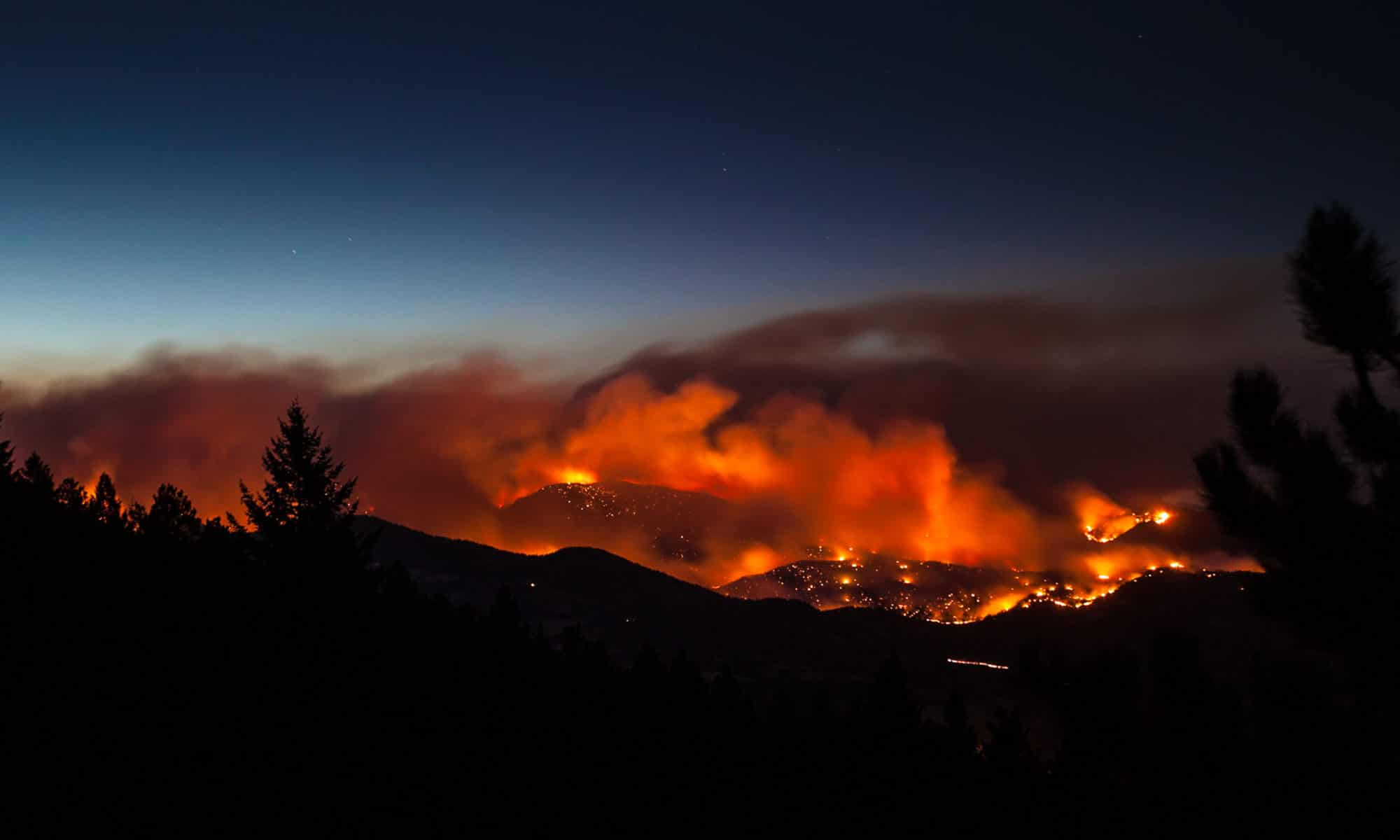
.jpg)
